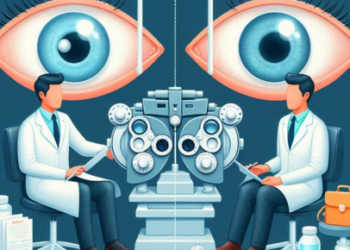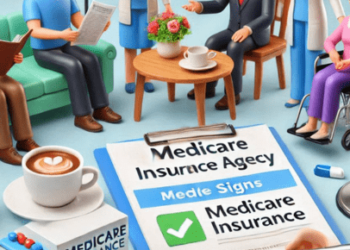
Effective communication is essential for providing quality patient care and ensuring optimal outcomes. Nonetheless, in today’s fast-paced healthcare environment, communication breakdowns are all too common. From deciphering complex medical abbreviations to coordinating care across multiple providers, the experts at MedAbbrev.com tell us that the potential for misunderstandings is high. Streamlining communication processes means that healthcare organizations can enhance efficiency, reduce errors, and cultivate an atmosphere of trust and transparency.
The Hazards of Poor Communication
Ineffective communication compromises patient safety and satisfaction. Critical information can fall through the cracks, leading to misdiagnoses, treatment delays, or even life-threatening medication errors. Patients may feel uninformed, dismissed, or disconnected from their care team.
On an operational level, poor communication breeds disorganization, wasted resources, and low staff morale. Implementing clear communication protocols is a foundational step toward providing exceptional care.
Establishing Structured Protocols
In chaotic healthcare settings, adhering to established communication processes is vital. All staff should follow the same reporting conventions when sharing updates on a patient’s status, treatment plan changes, or emerging concerns.
Ensure critical details are not overlooked during handoffs between shifts or departments by using standardized forms, checklists, or templates. For example, the SBAR (Situation, Background, Assessment, Recommendation) format provides a consistent framework for concise yet comprehensive communication.
Agree upon guidelines for communicating test results, prioritizing urgent messages, and documentation standards to maintain organization and clarity across the entire team.
Breaking Down Language Barriers
One of the greatest barriers in healthcare is the widespread use of complex medical terminology. This specialized jargon, while necessary among experts, often inhibits understanding for patients and colleagues from different specialty areas.
Encourage all staff to take a “plain language” approach by clearly defining medical terms in ways patients can comprehend. When discussing diagnoses or treatment details, supplement explanations with visual aids, like anatomy diagrams or illustrations, to reinforce key concepts.
Providing training on communicating difficult news with empathy and avoiding insensitive idioms or abbreviations is also valuable preparation.
Optimizing Face-to-Face Interactions
With our increased reliance on technology, prioritizing quality face-to-face communication is more crucial than ever. Facilitate open discussions by making eye contact, actively listening without distractions, and allowing ample time for questions.
Embrace tools like white boards or digital displays in patient rooms to collectively outline care goals, plan adjustments, and ensure everyone remains aligned.
Face-to-face communication also allows providers to pick up on important nonverbal cues that may indicate confusion or distress in a way electronic communications cannot.
Leveraging Technology Wisely
While face-to-face is ideal, geographic constraints sometimes require the use of technology like telemedicine platforms or secure messaging apps. These solutions enable prompt sharing of information, like test results, care directives, or updates on evolving situations.
However, technology should enhance coordination, not replace personal interaction altogether. Establish guidelines around the use of communication channels based on urgency and sensitivity of the situation. A video conference may suffice for routine follow-ups, but in-person visits are preferable for critically ill patients or delivering difficult news.
Measuring Effectiveness
Regularly assessing communication is crucial for identifying opportunities for improvement. Implement monitoring processes like:
- Patient experience surveys evaluating how well staff explained information using understandable language.
- Care team feedback on communication tool effectiveness or areas of confusion.
- Auditing procedures to assess adherence with protocols like read backs or documentation practices.
- Tracking preventable adverse events that could be linked to miscommunication.
This ongoing analysis allows organizations to adapt training programs, re-evaluate protocols, and ensure communication strategies are positively affecting the team’s ability to provide seamless, high-quality care.
Conclusion
Making open communication a top priority is vital for healthcare teams to foster trust, prevent errors, and streamline care coordination. While spanning diverse backgrounds and specialties, all staff play a pivotal role in this continuous journey of effective communication.










